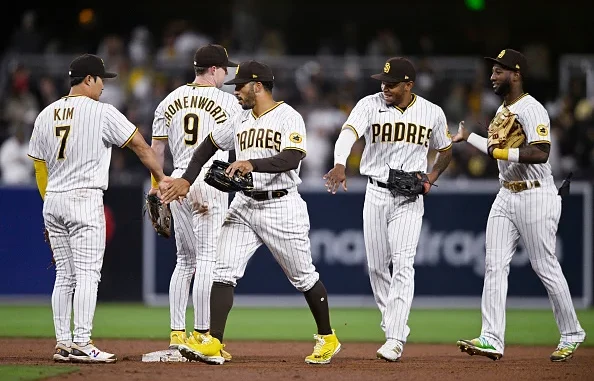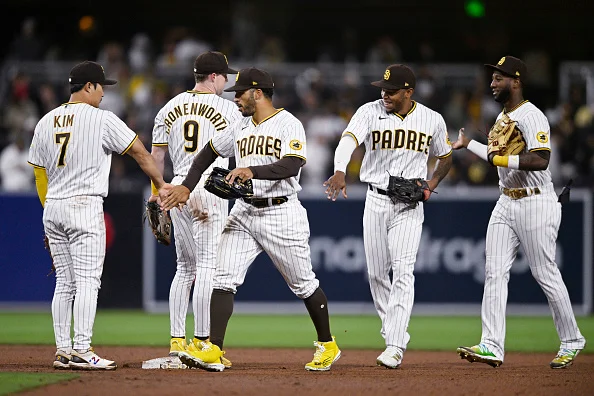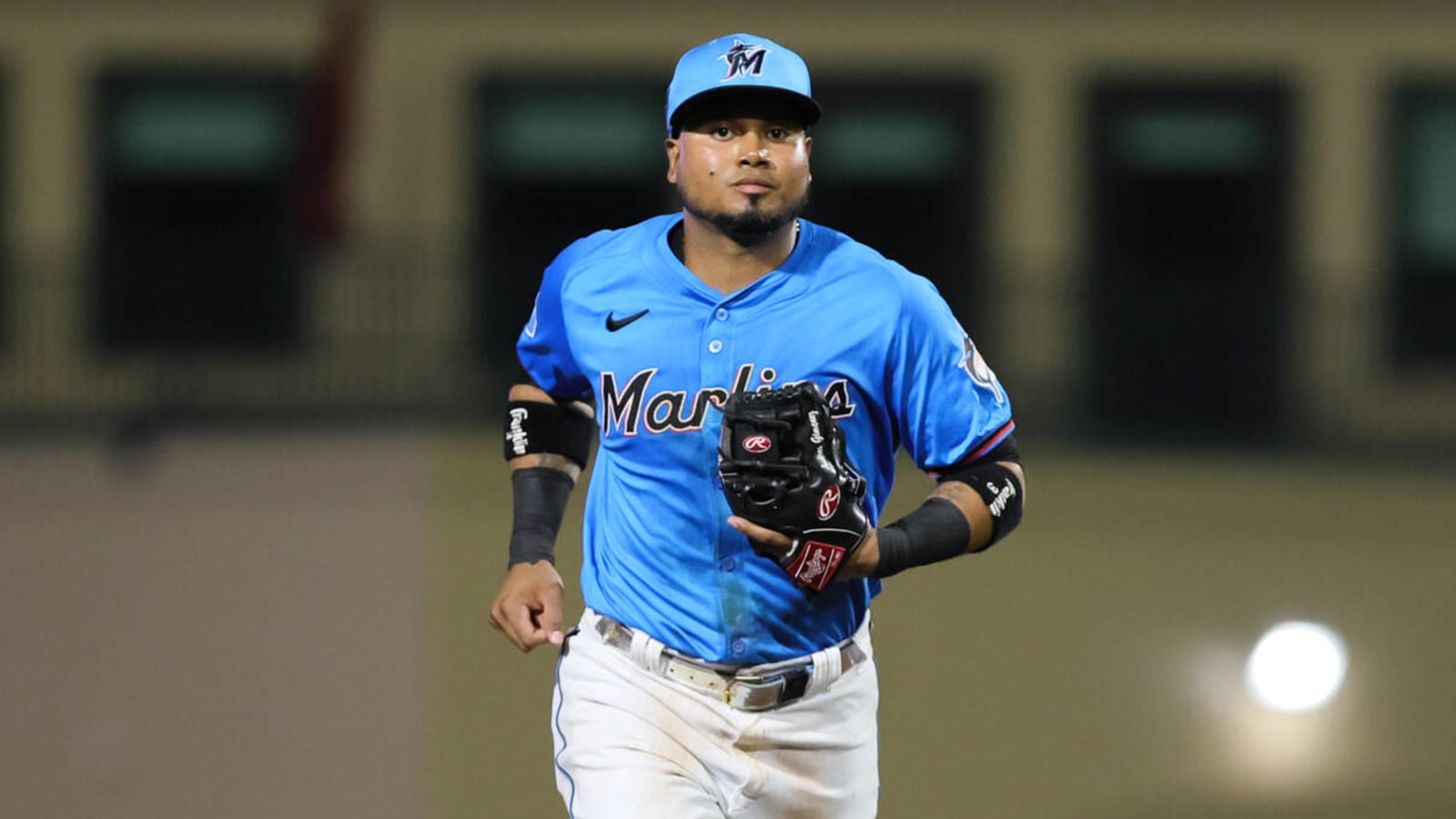
Padres reportedly tried to trade for Luis Arraez, Jesus Luzardo
A year after spending north of $400M in free agency, the Padres spent a total of $50M on free agents this offseason, adding just $9.35M to the 2024 payroll. Indeed, in an effort to slash the budget, president of baseball operations A. J. Preller made most of his biggest acquisitions on the trade market. The Padres added Michael King, Jhony Brito, Kyle Higashioka, Randy Vásquez, and Drew Thorpe from the Yankees in exchange for Juan Soto and Trent Grisham, and several months later, they used Thorpe as one of the headlining pieces in a trade for White Sox starter Dylan Cease. They also brought in Enyel De Los Santos from the Guardians in exchange for Scott Barlow.
However, those weren’t the only notable trades Preller pursued. Throughout the offseason, the Padres were reported to have shown interest in dealing for ace pitcher Corbin Burnes and outfielders Sal Frelick and Jarren Duran. Now, you can add Luis Arraez and Jesús Luzardo to that list of targets. According to Ken Rosenthal and Dennis Lin of The Athletic, the Padres made “a strong offer” for Arraez this spring, and they might have been even more interested in Luzardo – at least until they dealt for Cease in mid-March.

While it never seemed all that likely the Marlins would part with Luzardo this offseason, he was the subject of significant trade interest. The Yankees, Dodgers, and Orioles were all reported to have checked in on the southpaw. Like all three of those clubs, the Padres were seeking starting pitching this winter, so it hardly comes as a shock that they had their eye on Luzardo. The 26-year-old made 32 starts last year with a 3.58 ERA and 208 strikeouts. His 3.69 SIERA would have led the Padres rotation, while many of his other numbers would have ranked second behind the now-departed Blake Snell. With a $5.5M salary for 2024 and three full seasons of team control remaining, he was an ideal trade candidate, especially for a team looking to reduce payroll while still fielding a competitive roster.

That the Padres were so interested in Arraez is much more surprising. Like Luzardo, he is a young but proven player with a salary well below his value on the open market. However, he was not the subject of any substantive trade rumors over the winter. Moreover, he plays the infield, arguably the only area San Diego didn’t need to upgrade. While the Padres were linked to several outfielders on the free agent and trade markets, the Padres seemed set with Jake Cronenworth at first base, Xander Bogaerts at second, Ha-Seong Kim at shortstop, and, eventually, Manny Machado at third. That doesn’t leave much room for another All-Star infielder.

As Rosenthal and Lin suggest, the Padres might have hoped to trade Cronenworth and play Arraez at first. However, Cronenworth’s seven-year, $80M contract that began this season simultaneously makes him inexpensive (in terms of annual salary) yet still rather difficult to trade. Alternatively, the Friars might have been more worried about Machado’s ability to play third base this year than they let on. They could have been planning to move Bogaerts back to shortstop, slide Kim over to third, and plug Arraez in at second. When Machado was healthy enough to return, Arraez could have taken over primary DH duties. Finally, it’s possible Preller simply saw an opportunity to add a star talent on a low salary and chose to make an offer and figure the rest out later. Too much talent is hardly a bad problem to have, and the Padres seem to like stockpiling infielders.

Rosenthal and Lin do not suggest Miami was actively shopping Arraez. However, their report implies that Preller’s offer was enough to tempt Marlins president of baseball operations Peter Bendix. Needless to say, Bendix didn’t pull the trigger, but according to Rosenthal and Lin, that was largely because he “feared [the Marlins] could not adequately replace Arraez.” The report does not address how close the Padres might have come to landing Luzardo before ultimately acquiring Cease; it’s not clear if Bendix ever seriously considered sending Luzardo to San Diego.

The Fish aren’t off to a good start if they’re hoping to contend in 2024. Still, they’re under no immediate pressure to trade either Arraez or Luzardo, arguably their two best (healthy) players. Arraez has another year of arbitration eligibility remaining in 2025, while Luzardo will be eligible for arbitration through the 2026 campaign.

Leave a Reply